I suspect we are not the only farmers in the country with lots of fodder. Unless it turns out to be an extraordinary year, we will have to decide how much first-cut silage we will close up as the temptation will be to save costs and reduce the amount of silage made. We have at last got enough space in the sheds and are freeing up some of the weanlings that were too crowded.
All of the old work on slats showed that space per head was important with a standard recommendation of 2.8 to 3.2 square metres or almost 30 square feet for stores and finishing cattle and 2.2 to 2.8 square metres for weanlings.
Lightest group
In fact, I had reduced the lightest group of weanlings to less than 20 square feet or two square metres. We had been keeping an anxious eye on them as it was clear that, as a bunch, they were not doing well. Inevitably, the smaller, weaker ones became progressively smaller and weaker as their bigger colleagues got to the feeding passage first and tended to monopolise the space.
The effect of loosening them up has, after a month, been dramatic and the improvement has been reflected where it counts – on the weighing scales.
Since I started many years ago using a diet feeder, I have always included around 0.5kg to 0.75kg of straw per head. Whether it is strictly necessary or not for the store weanlings going out to grass, I am not sure, but for finishing cattle on a heavy meal diet everywhere I have been, finishers fed some straw – even if it’s just a bale placed in a corner. We have now run out of wheaten straw and are feeding golden winter barley straw.
Normally, I would rather sell this to some of my stud farming neighbours, but they all seem well supplied this year, so it has ended up as cattle feed.
As a feedstuff, its value is certainly higher than its winter wheat counterpart and, interestingly, since we introduced it, the total feed intake seems to have dropped.
Tillage
Meanwhile, on the tillage side we are now getting ready to start spreading fertilizer. We have broadly ordered the bulk of our 2015 requirements and the oilseed rape will be first in the queue. Following my fine for excess phosphorus use a few years ago, because of the effective double counting of the cattle slurry, we are measuring carefully even though the P index is still only two on much of the farm.




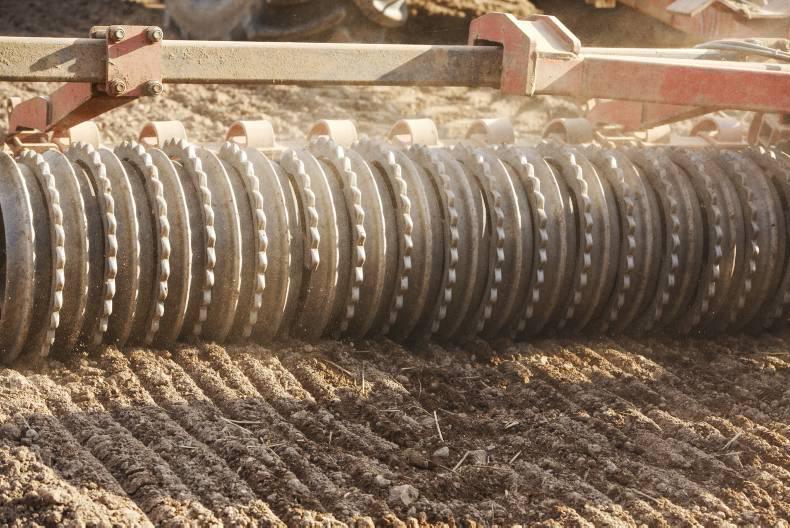
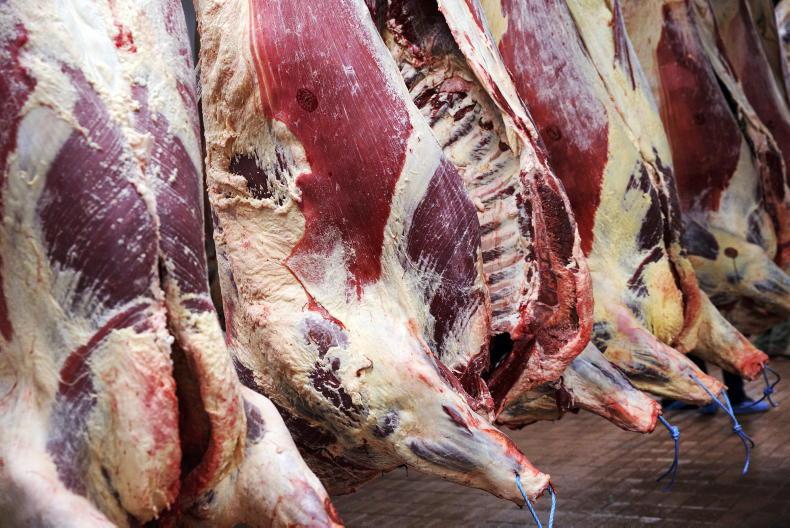

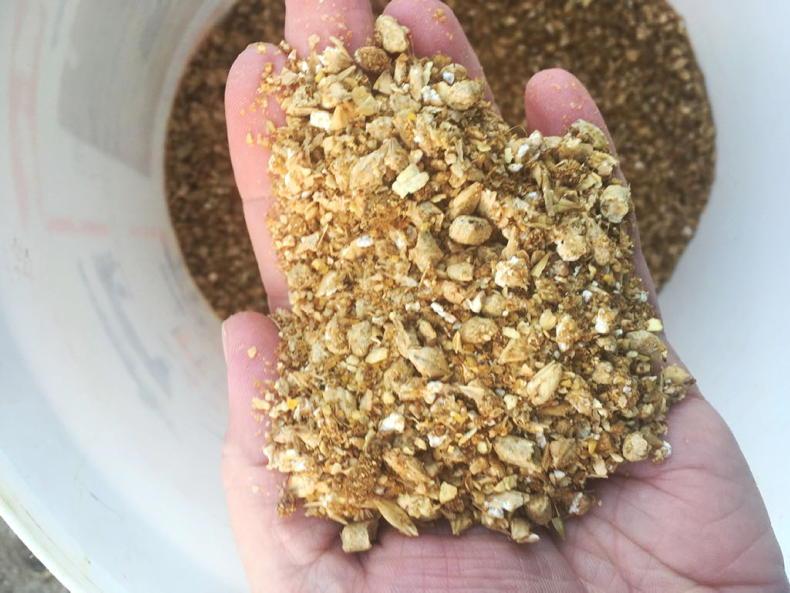
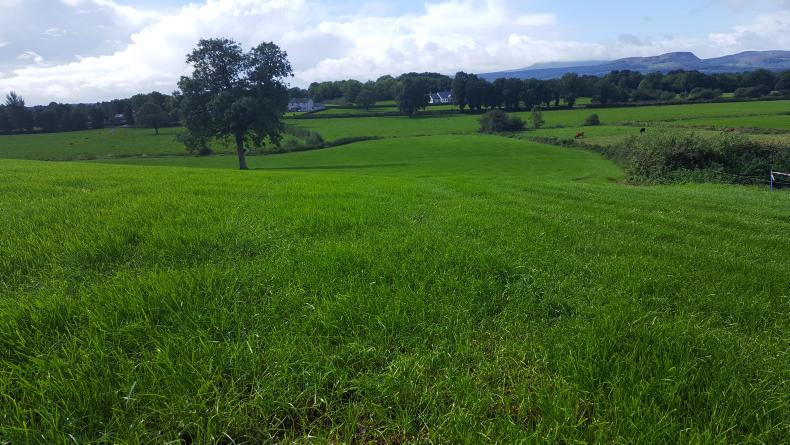
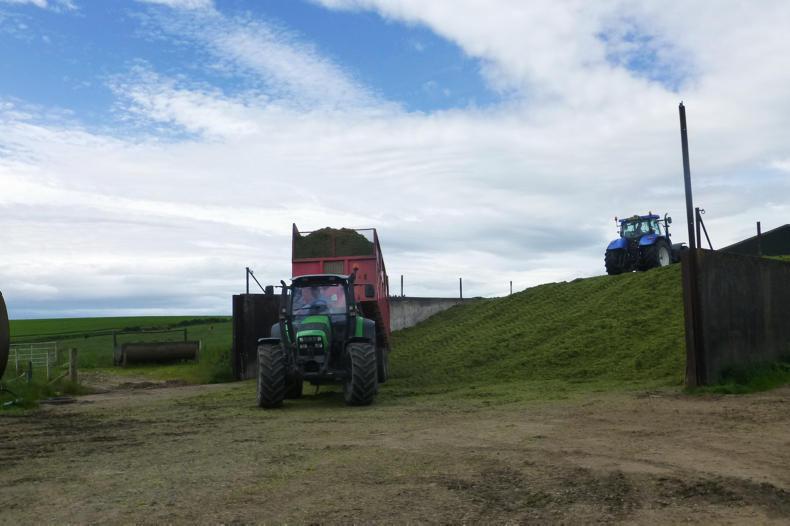
SHARING OPTIONS